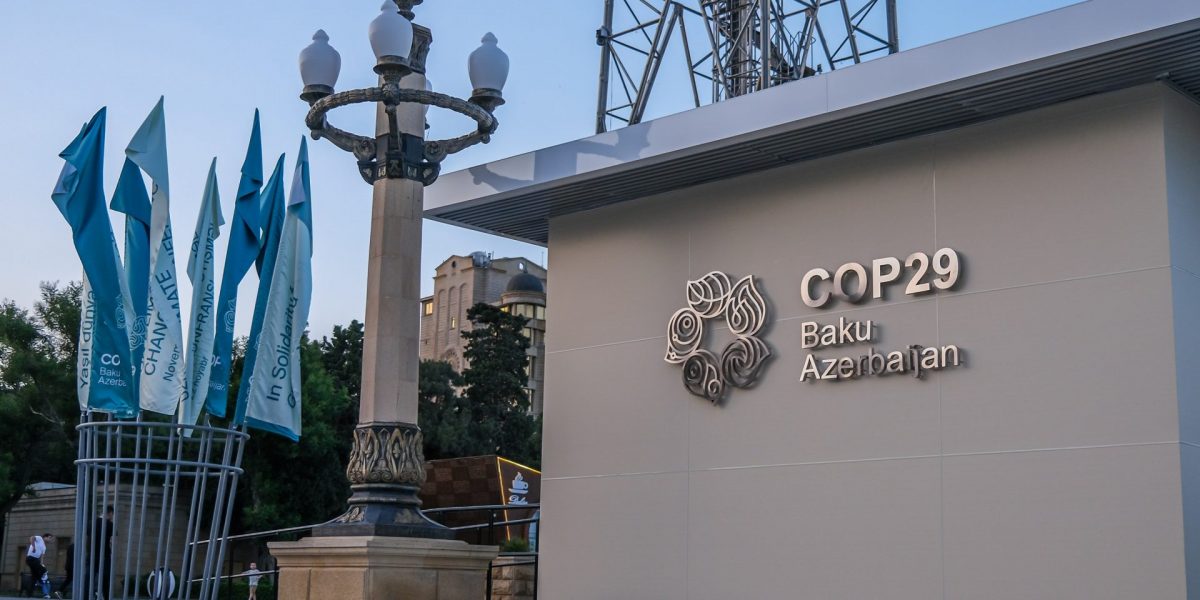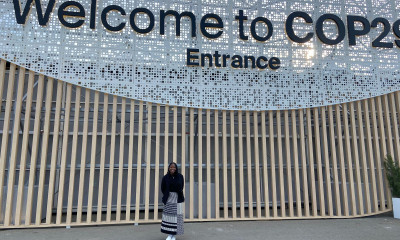The African Group of Negotiators Expert Support (AGNES), with support from the UNFCCC, UNDP, Climate Analytics and AICCRA, has released the Technical Guide for the Development of Long-Term Low Emission Development Strategies in Africa (LT-LEDS).
The South African Institute for International Affairs (SAIIA) participated in developing several key aspects of the guide, including assisting in developing the best practice case studies.
The need to develop these strategies emerged from the Paris Agreement to strengthen the global response to climate change. To achieve this, it established several national policy mechanisms to ensure policy alignment, including LT-LEDS, Nationally Determined Contributions (NDCs) and National Adaptation Plans (NAPs). The LT-LEDS guide countries towards a sustainable, low-carbon, whole-of-economy future while addressing socio-economic development goals.
The technical guide follows a call by the UNFCCC to deliver voluntary but highly encouraged submissions ahead of COP29 in November as a tool to aid its direction and work alongside the NDCs.
If developed correctly, LT-LEDS can assist long-term vision and planning, ensure consistency with short-term plans, align with other global goals, provide support for sustainable development, address policy certainty and stability and provide guidance for structural transformation, among others.
Of the 73 countries that have submitted their LT-LEDS, only nine are African, including South Africa. There are several reasons for this. The complexity of economy-wide policy planning can be daunting while outlining coherent pathways for long-term changes can be challenging. Other reasons include limited human and financial resources, socio-economic and climate data, and political and policy barriers.
This makes the Technical Guide for the Development of LT-LEDS in Africa a vital development resource tool for countries. It sets out recommended steps and processes for countries to follow in developing their strategies, using relevant case studies to break down the process and detail how some countries are leading the process for others to follow.
The guide details the four phases to LT-LEDS development, focusing on designing, developing, implementing, financing, reviewing and monitoring their strategy.
Phase one: Inception and scoping
The development of LT-LEDS begins with laying a solid foundation. This is crucial for ensuring that the strategy is well-informed, coordinated, inclusive and aligned with national development goals and international commitments.
South Africa, for example, has developed a sophisticated institutional setup to enhance climate coordination and alignment.
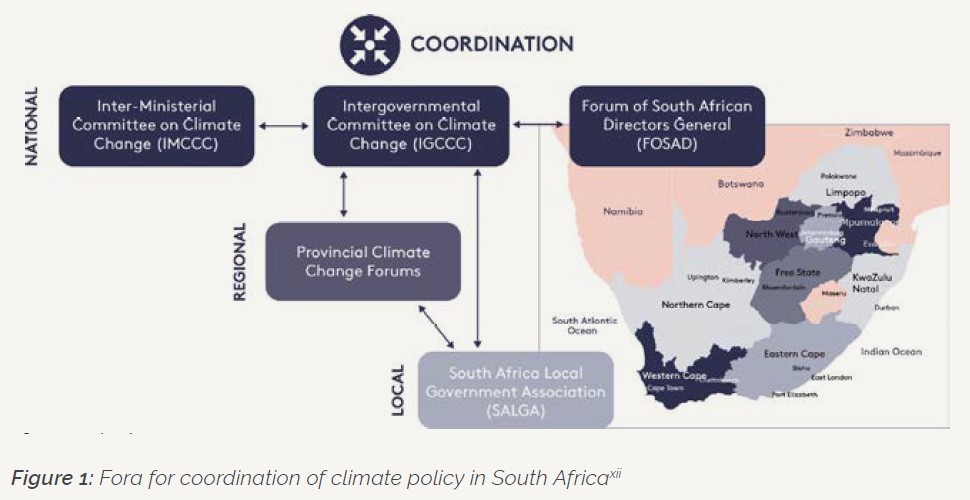
Phase two: LT-LEDS vision development
Once the foundation is set, a long-term vision should be developed. Meaningful and consistent stakeholder engagement is important to ensure that the strategy is inclusive, reflects diverse needs and perspectives and builds broad support.
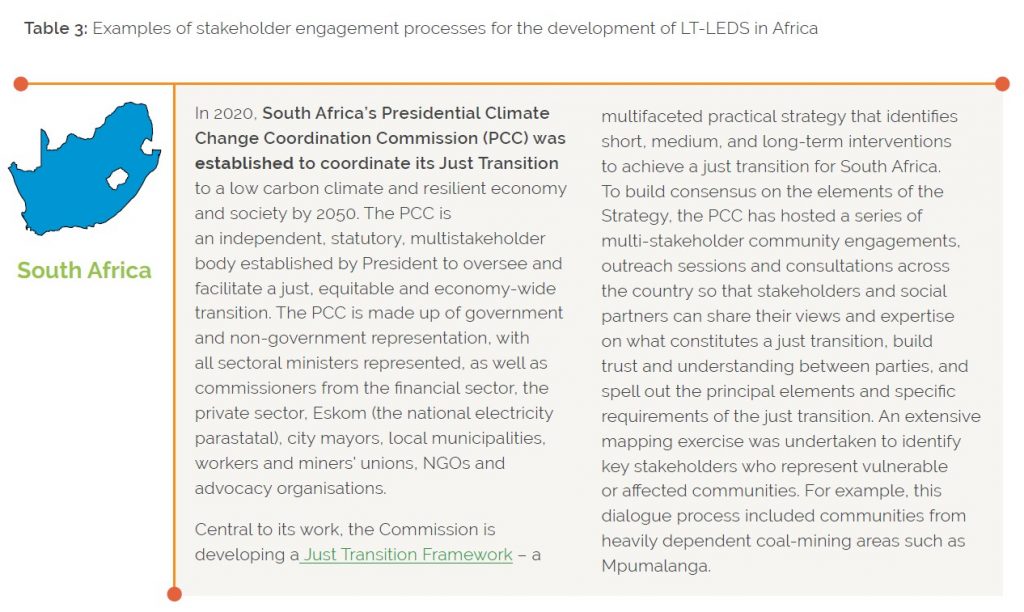
Phase three: Scenario development and analyses
Once a thorough baseline is established and a long-term vision is developed, robust analysis and modeling are essential for guiding decision-makers toward low-emission, climate-resilient futures. These should incorporate socio-economic factors, future technologies and sectoral objectives.
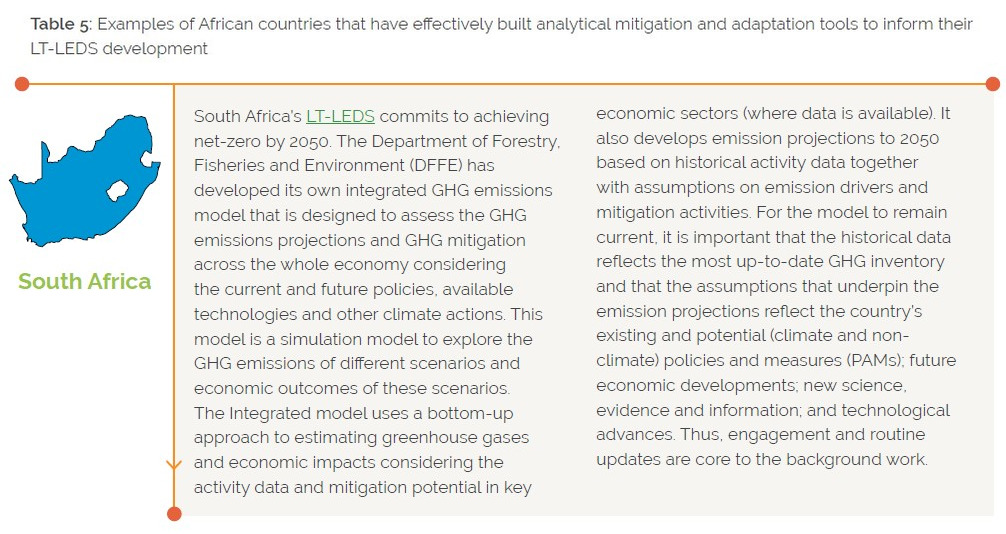
Phase four: Prepare for implementation
A Measurement, Reporting and Verification (MRV) system and Monitoring and Evaluation (M&E) plan are crucial for identifying opportunities to enhance its ambition in its NDC revisions and ensuring LT-LEDS remain on track. Regular updates and transparency in reporting are vital to maintaining trust and relevance. Also important is the development of a financial resource plan and a communications strategy.
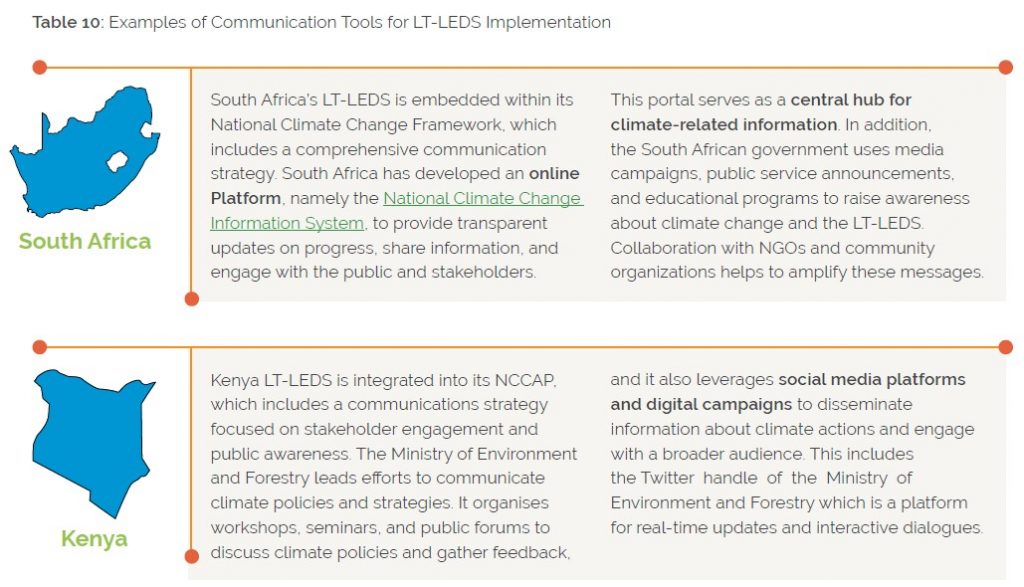
Click here to download the Technical Guide for the Development of LT-LEDS in Africa.

